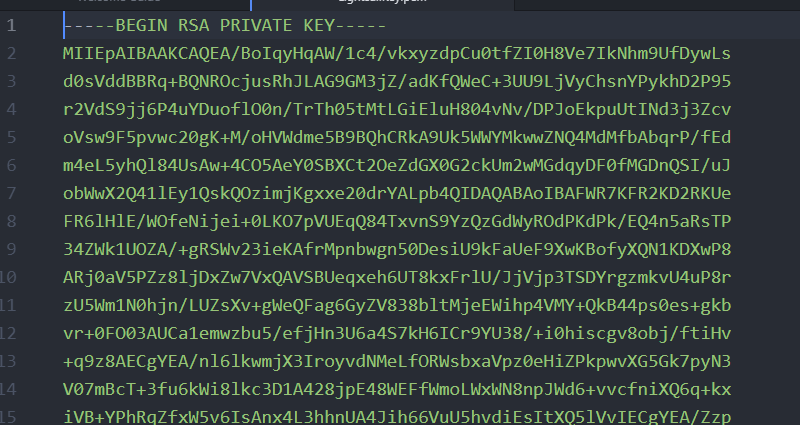End-to-End Encryption (E2EE) as we generally think of it protects our communications from any third party while it is moving between us and the other user we are communicating with. It’s difficult even for State actors to discern the contents of a truly E2EE communication. That’s why it is so useful, and at the same time, can be so dangerous. True E2EE, at this time, is about as secure as you can get with a communication. If you’re sending the nuclear codes from one person to another, you better make sure your connection is E2EE. In this article, we talk with Graham Nelson-Zutter, of Corvum.io, about the basics of E2EE in video conferencing.
Lately, law offices all over the country have been turning to video conferencing to meet with clients, talk to teammates in their offices, and even attend remote hearings. But with the speedy move to these tools, I’d venture to guess that some of us are outside of our comfort zones, now. That’s okay. These are new paths we’re forging in how we communicate with our clients and others in the legal field. It can, understandably, take some time to acclimate to new methods.
Above is a section of a private key that was previously used to log into a webserver. This is a partial example of asymmetric encryption. Part 1: What Does Encryption Do? As lawyers (and pretty much just as humans who exist in a digital world) we’re given a lot of surface level advice about encryption. […]
As I imagine you know one of the biggest bang-for-your-buck efficiency tools for the modern office (or even the not-so-modern office) is the template. Pretty obvious, right? I’m not the first person to sing the template’s praises, and I’m certainly not the last. But if for some reason, you weren’t privy to this, you need […]
Why aren’t you encrypting the email that you send to your clients? I mean, c’mon, at least the communications that contain legal advice and sensitive personal data. You wouldn’t let an unrelated third-party rifle through your file room each night, would you? That’d be ridiculous and unethical, and ridiculously unethical (or unethically ridiculous, I can’t […]
Data Back-ups and Due Care Let’s talk about safeguarding client files and how advancements in technology are changing what due care means. First off, let’s not be unreasonable, we, as lawyers, don’t have an obligation to incorporate every single emerging technology into our practices. That’d be overwhelming, and likely wouldn’t be financially beneficial to anyone […]
In this Quick-Tool Tutorial, we give you a way to consistently apply the same styles throughout all of your briefs, and create a Table of Contents in your document, with minimal (hopefully zero) edits. To do so, we will take an existing Theme (that I include as a download) and import it into your Microsoft Word for quick and easy use in your future documents at the push of a button.
Basics: As lawyers and legal professionals, most of us understand that we are entrusted with a lot of sensitive information about our clients. And, generally, we know how to protect it. At least in the real world. We have security systems in our offices, locks on our files, and we limit access to certain rooms […]
Artificial Intelligence in the Legal Field I don’t know about you, but when someone tells me that Artificial Intelligence will take the job of a lawyer, I usually assume they don’t understand the legal industry. Sure, computers can replace some of the clerical tasks we do, but AI can’t competently replace a lawyer. It can’t […]
Intro to macros — one-click letterhead “Measure twice, cut once.” – the organized world. That’s some real handy advice. Advice that I have ignored for most of my life. I prefer, “move fast and break things.” But every now and then – when the wind is right and the moon is in the appropriate phase […]
- 1
- 2









